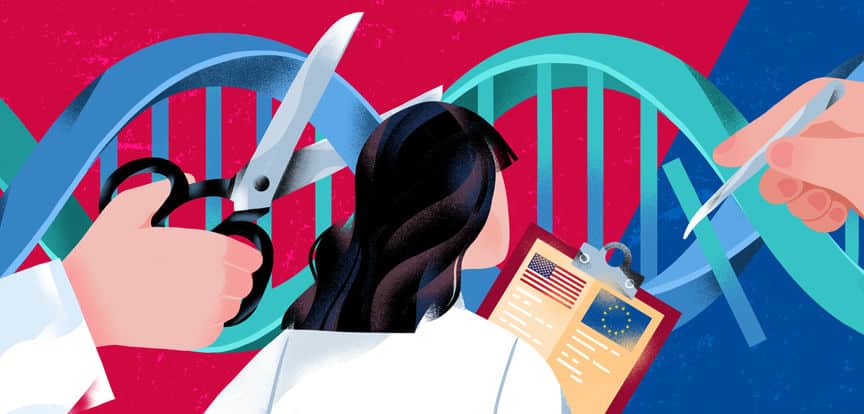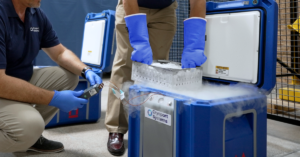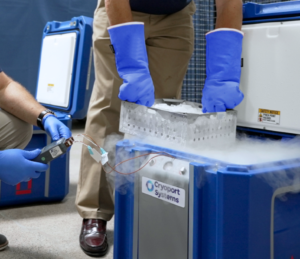Looking to expand your partner network with the latest in the field of Gene therapy? Consider joining Inpart's global network for free.
Stay up-to-date with the latest news related to gene therapy. Subscribe to our newsletter.
What is gene therapy?
Gene therapy is a medical approach that involves introducing genetic material into a patient’s cells to treat or prevent disease. This can be done by replacing missing or defective genes with healthy ones, adding new genes to improve cell function, or using gene editing tools to modify existing genes.
What are the applications of gene therapy?
Gene therapy has potential applications in treating conditions such as genetic disorders, cancer, cardiovascular diseases, neurodegenerative diseases, and infectious diseases, among others. These are just a few examples.
Got a news story for us related to gene therapy? Send it to us here.





















